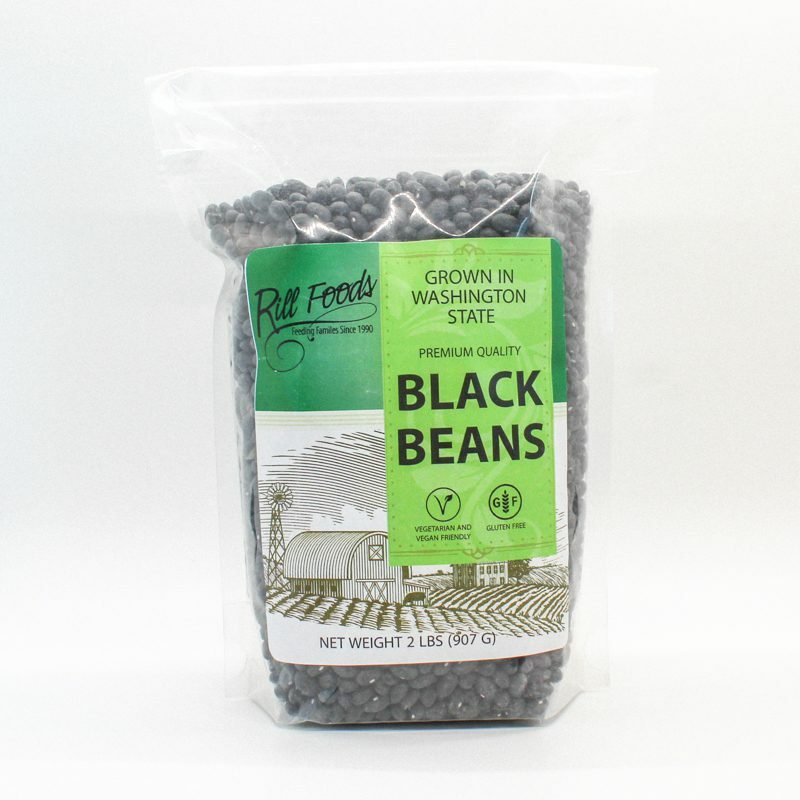How to Soften Old Beans with Baking Soda
Picture this: you’re raiding your pantry for a dinner idea. Pushing aside the nori you told yourself you would use and some half-opened box of crackers, you find beans. When you open your bag of beans, you realize that they look pretty old and a little shriveled. “Do beans expire?” you wonder to yourself. You try googling what to do with old beans when this article pops up, “How to Soften Old Beans with Baking Soda.” There might be some hope for your old beans after all!
Okay, so maybe this was me a few weeks ago, but I know some of you can relate. Beans are such a great pantry staple, and they are rich in vitamins, fiber, and protein. So how do your beans always seem to get overlooked, and what do you do with them now? Worry not; there is still plenty of life left in them! If you use a little baking soda, your old beans will look and taste better and have an improved texture! They will also take less time to cook! So let’s learn a little more about this process and how baking soda can do wonders for your old beans.


You can see fresh pinto beans on the left and old pinto beans on the right. Old beans become darker with time.
How Does Baking Soda Help Old Dried Beans?
Baking soda creates an alkaline environment which reduces soaking and cooking time and preserves the beans’ skin. As a result, the old bean’s color comes to life, keeping them vibrant instead of dull. Compared to the grainy texture offered by old beans, baking soda beans can yield a creamy and smooth texture.
Some critics of this method have dismissed using baking soda to soften old beans as they say it gives beans a “soapy” taste. In large amounts, this may be true, but a little baking soda goes a long way! When used correctly, the flavors of the beans really pop! They taste just as fresh as if you just brought them home from the farmer’s market!
Dried beans typically have a moisture content of around 16%. However, as they age, moisture evaporates, giving pectin time to age and harden the skin. These beans can often take much longer to soften while soaking and cooking, up to twice the time! Baking soda can help significantly since it increases the pH of the water, disintegrating that pectin and allowing beans to soften quicker. Baking soda also removes minerals from hard water, which can prevent beans from hydrating as quickly. We have found that baking soda can do its magic in the soaking AND cooking stages of the process.
"Baking soda creates an alkaline environment which reduces soaking and cooking time and preserves the beans’ skin. Compared to the grainy texture offered by old beans, baking soda beans can yield a creamy and smooth texture."
So How Much Baking Soda Should You Use, and When Should You Use It?
We did several tests, but our favorite method was to use 1/4 teaspoon of baking soda per pound of old beans and to soak the beans for 4 hours. After the soaking stage, we rinsed the beans and added 1/4 teaspoon of fresh baking soda per cup of beans.
Replacing the used baking soda can continue the mineral breakdown of pectin, calcium, and magnesium. Compared to the “earthy” flavor of the control beans, the baking soda beans have a “cleaner” taste, which some might call soapy. The color of the baking soda beans were a much richer red, whereas the regular beans were a dull brown. Pretty interesting stuff, huh?

1LB OF OLD BEANS
=

1/4 TSP OF BAKING SODA
So if you’re wondering if your old beans are still worth saving, the answer is yes! With baking soda to help aid you, you will BEan unstoppable! If you’re looking for a place to buy beans in bulk, stop by our website! We have a full lineup of beans ranging from the familiar black turtle beans to the specialty heirloom and orca beans! Grown right here in Washington State, we promise our beans are as fresh as possible without growing them yourself. Or you can try our beans in some favorite soups and chilis, like our Taneum Canyon Chili or our Ellensburg Enchilada Soup.








